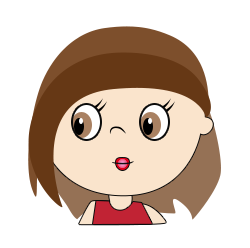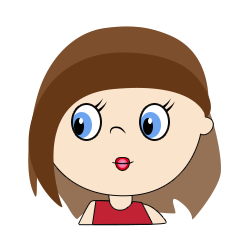Alleles
Chromosomes occur in identical pairs. These are called homologous pairs. One chromosome from each homologous pair comes from the mother and is called the maternal chromosome and the other comes from the father and is called the paternal chromosome. As the chromosome occur in pairs then so do the genes. In fact the chromosomes in a pair carry the same genes in the same places, but they may be different version of the genes. These different versions of the same gene are called alleles.
Important Definitions
Alleles (pronounced al eels)
Different versions of the same genes are called alleles.
Genotype
The genotype of an organism refers to the alleles that they have for a particular characteristic.
Phenotype
The phenotype of an organism refers to its appearance as a result of the inherited information.
Homozygous
In an organism if the two alleles of a particular gene are the same then the organism is referred to as being homozygous for that particular gene.
Heterozygous
In an organism if the two alleles for a particular gene are different then the person is referred to as being heterozygous for that particular gene.
Example
The example of eye colour shall be used to explain these definitions. The inheritance of eye colour is controlled by multiple alleles but in order to simplify the concept we will consider two alleles.
A girl’s father has brown eyes and her mother’s eyes are blue.
The symbol B is used to represent the brown allele.
The symbol b is used to represent the blue allele.
Her genotype is BB as this refers to the alleles she has. She is homozygous for eye colour because both her alleles are the same. |
Her genotype is bb as this refers to the alleles she has. She is homozygous for eye colour because both her alleles are the same. |
Her genotype is Bb as this refers to the alleles she has. When there are two different alleles, one is stronger than the other. Her phenotype is determined by the stronger of the two alleles. The brown allele (B) is stronger than the blue allele (b) and masks its effect. The stronger brown allele (B) is referred to as dominant as it will always show or dominate, even if the individual has one copy of it. The girl’s phenotype is brown, because the brown allele is dominant. |
Some examples of dominant and recessive characteristics are given in the table below.
| Characteristics | Dominant Traits | Recessive Traits |
|---|---|---|
| Eye colour | Brown eyes | Blue, hazel, green, grey eyes |
| Hair colour | Dark hair | Light hair |
| Facial features | Freckles | No freckles |
| Ear lobes | Free ear lobes | Ear lobes joined |
| Skin | Normal skin colour | Albino |
| Tongue | Tongue roller | Non tongue roller |

 If the girl has two B alleles, she will have brown eyes.
If the girl has two B alleles, she will have brown eyes. If the girl has two b alleles, she will have blue eyes.
If the girl has two b alleles, she will have blue eyes.